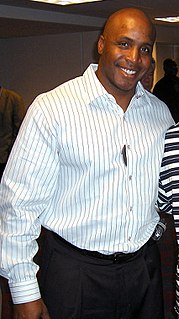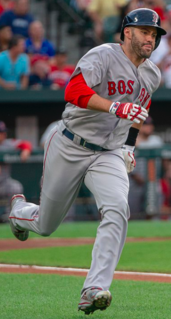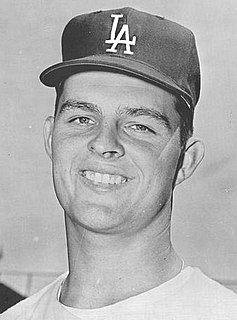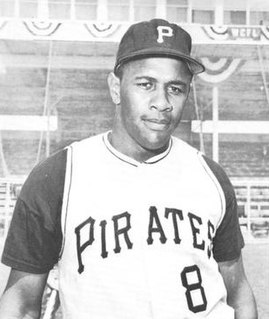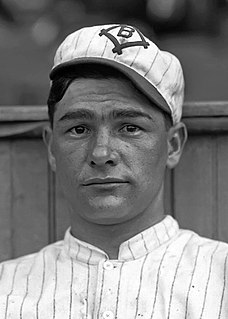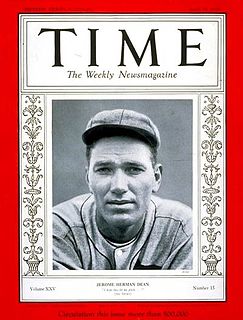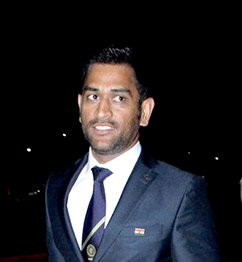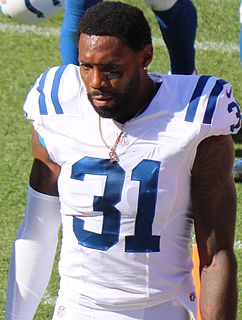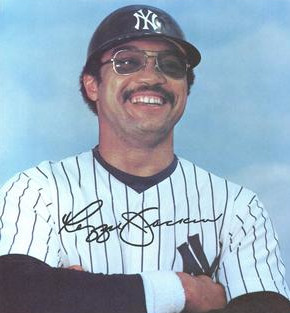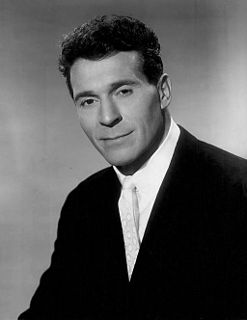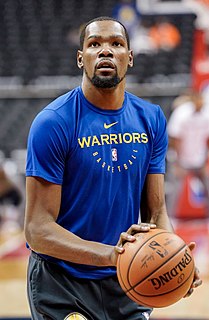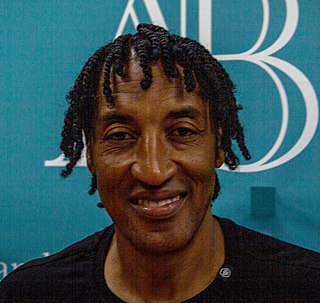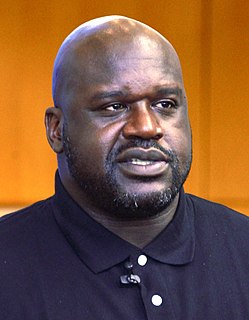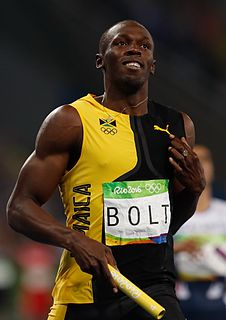A Quote by Barry Bonds
I think of myself as 'catching' the ball with my bat and letting the pitcher supply the power.
Related Quotes
If a pitcher goes up there and he's throwing a ball and it's a breaking ball down and away or a fastball up and in, a perfect pitcher's pitch, and you're able to just foul it off and stay alive in the at-bat, just keep grinding, keep working through the at-bat and hoping for that mistake that he's going to make. And if he doesn't, then you walk.
When the ball is over the middle of the plate, the batter is hitting it with the sweet part of the bat. When it's inside, he's hitting it with the part of the bat from the handle to the trademark. When it's outside, he's hitting it with the end of the bat. You've got to keep the ball away from the sweet part of the bat. To do that, the pitcher has to move the hitter off the plate.
The pitcher wound up and he flang the ball at the batter. The batter swang and missed. The pitcher flang the ball again and this time the batter connected. He hit a high fly right to the center fielder. The center fielder was all set to catch the ball, but at the last minute his eyes were blound by the sun and he dropped it.
The two biggest things to understand when you're tracking the ball as a defensive back is your position on the field and understanding that once the ball is in the air you become the receiver. Too many young defensive backs worry about the receiver catching it or what the receiver is doing instead of focusing on what they should be doing. Just go out and make the play yourself, don't worry about him. Know where the ball is and attack it. Put yourself in position to bat it or catch it and make the play.
When I stepped into the box, I felt the at-bat belonged to me. Everybody else was there for my convenience. The pitcher was there to throw me a ball to hit. The catcher was there to throw it back to him if he didn't give me what I wanted the first time. And the umpire was lucky that he was close enough to watch.
